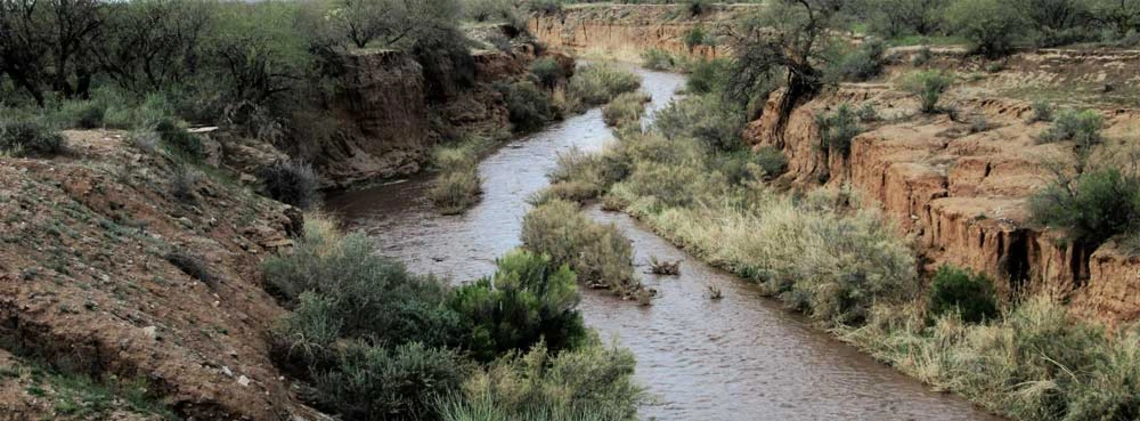
When
Where
Speaker(s)
Robert H. Webb will discuss his recently published book, "Requiem for the Santa Cruz: An Environmental History of an Arizona River." For thousands of years, the Santa Cruz River has been a focal point in Southern Arizona. A detailed reconstruction of riverine changes in the vicinity of Tucson, Ariz., reveals the interrelationships among riparian ecosystems, water supply, flood control and land use.
The largest known mesquite bosque in the United States -- the Great Mesquite forest -- once developed south of Martinez Hill on the Tohono O'odham reservation. This bosque evolved from a cienega to a bosque in the 19th century, and was an ornithological wonderland supporting a diverse population of bird species, some of which no longer occur in Arizona or the United States. Large numbers of livestock grazed within this bosque in the 1860s, an arroyo downcut through it between 1889 and 1915, and woodcutters harvested from it extensively in the early 20th century. The bosque was destroyed by the early 1970s, owing to extensive groundwater development that accelerated after the introduction of the turbine pump in the 1920s.
Today, managers in the Tucson Basin seek the potentially mutually exclusive goals of maintenance of riparian ecosystems, continued use of groundwater, and flood control. Restoration of an extensive bosque such as the Great Mesquite Forest would be improbable.
Robert H. Webb is an adjunct professor in Hydrology and Water Resources and an associate scientist in the School of Natural Resources at the University of Arizona. He is the co-author -- with Julio Betancourt, Roy Johnson and Ray Turner -- of "Requiem for the Santa Cruz: An Environmental History of an Arizona River" (UAPress, 2014).
Purchase "Requiem for the Santa Cruz: An Environmental History of an Arizona River"

